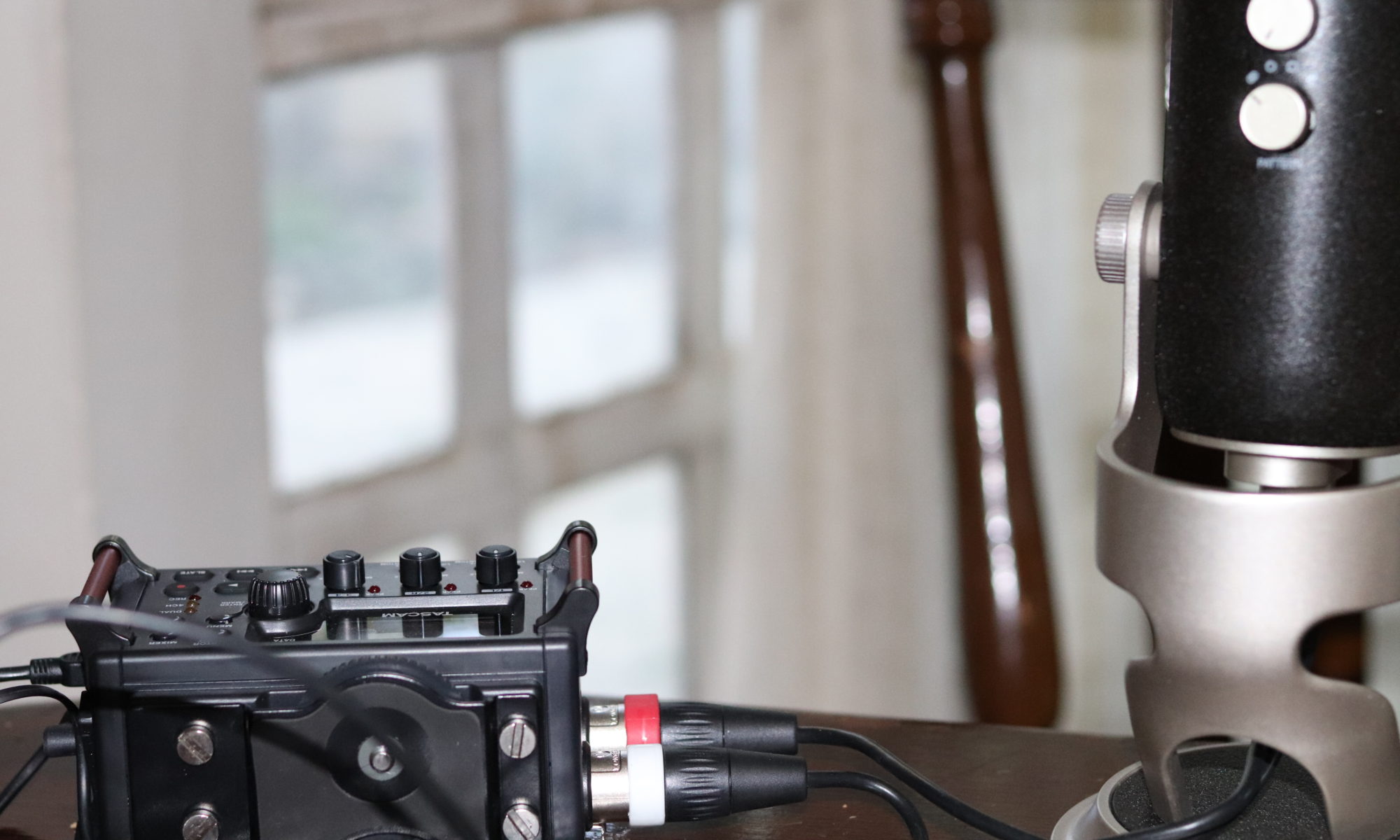Published on Mar 2, 2012
Mythodea – Vangelis Papathanasiou – Mythodea – Nasa Mision 2001
Mythodea — Music for the NASA Mission: 2001 Mars Odyssey is a choral symphony[1] by Greek electronic composer and artist Vangelis. Originally premiered in concert in 1993,[2] it was published in 2001 by Vangelis’ new record label Sony Classical, which also set up the NASA connection and promoted a new concert.[3]
The 2001 version of Mythodea was recorded and played on-stage by: Vangelis on synthesizers and keyboards, the London Metropolitan Orchestra augmented by two harpists, sopranos Kathleen Battle and Jessye Norman, the chorus of the Greek National Opera, and, for the concert only, the Seistron and Typana percussion ensembles. The concert was held in Athens, Greece on June 28, 2001, and the record was officially released on October 23, 2001, to coincide with the 2001 Mars Odyssey spacecraft entering the orbit of planet Mars. A video of the concert was released in early 2002.[4]
The world premiere of Mythodia (first spelling) took place on July 13, 1993 as a public performance at the Herodes Atticus Theater, in Athens, Greece, for charity purposes. On stage were: Vangelis, who provided the full musical score accompanied by two harpists; mezzo-soprano Markella Hatziana, soprano Lucienne Deval, and the chorus and percussion of the Greek National Lyric Stage, conducted by Yvan Cassar.[2]
Mythodia was then a piece in seven movements.[4] Vangelis not only composed the music, he also wrote the lyrics[5] in Ancient Greek.[6] In an interview with KLEMblad magazine, Vangelis stated “This piece was composed in an hour. Yes, it took me an hour. […] I’m not using the technology in the conventional way. I’m not using computers.”[3] For the encore, Vangelis played a selection of his repertoire, including “La Petite Fille de la Mer” (from the album L’Apocalypse des Animaux), “Chariots of Fire“, “Pulstar” (from the album Albedo 0.39), three tracks from the soundtrack of the film Conquest of Paradise: “Hispañola”, “City of Isabel” and “Conquest of Paradise”, and finished with a performance of the Greek national anthem.[4]
Mythodea would remain unheard in public for the next eight years, but Vangelis kept a recording of the 1993 concert for himself. Around the year 2000, Peter Gelb was the head of Sony Classical and was steering the record company in the direction of crossover music rather than mainstream classical repertoire. He had just signed with Vangelis and was in the process of selecting their first release together. Gelb was listening to some tapes that Vangelis had sent to him when he came upon Mythodea. He described the event in an interview: “When I first heard Mythodea I was in ecstasy with its rhythm and power themes, and with no further hesitation I suggested it was recorded immediately.”[3]
With the approval of Vangelis to record Mythodea with a full orchestra as Gelb had suggested,[3] Sony Classical developed a marketing plan of Mythodea that with the help of Vangelis’ friend and colleague, Dr. Scott Bolton, grew to include a promotional tie-in with NASA, a dedicated website, an audio CD and a live concert that involved the Greek Government and was broadcast on TV and published on video. The deal with NASA made Mythodea the official music of the mission involving the spacecraft 2001 Mars Odyssey. This mission took the spacecraft to the orbit of Mars on October 23, 2001, and the audio CD of Mythodea was scheduled to be officially released on the same day. Vangelis described the connection he felt between the music and the mission on the 2001 Mars Odyssey official website:
| “ | I made up the name Mythodea from the words myth and ode. And I felt in it a kind of shared or common path with NASA’s current exploration of the planet [Mars]. Whatever we use as a key — music, mythology, science, mathematics, astronomy — we are all working to decode the mystery of creation, searching for our deepest roots.[7] | ” |
The premiere of the new version of Mythodea was held on June 28, 2001. By this date, the album had already been recorded and was finished. The concert was a live performance of the album, with everyone involved in the recording reprising their roles plus additional performers. The setting was the ancient (6th century BC) Temple of Olympian Zeus in Athens, Greece, featured on the album and video covers. Vangelis commented on the selection of location in an interview: “The record company wanted to promote this work and asked me ‘where […]?’ and I thought that […] Greece was really appropriate. And at the same time I had a proposition from the Minister of Culture […] and this is what happened.”[3]
The concert was taped for later broadcast on TV and release on DVD. The budget was set at US $7 million, split in half between the record company, Sony Classical, and the Greek government,[8] which considered the concert a good promotion for Greece abroad and included it as part of the Greek Cultural Olympiad leading to the 2004 Summer Olympics. There were some objections raised, mainly by fellow musician Mikis Theodorakis, over the use of both public money and an archaeological site.[9] Vangelis himself, like in 1993, waived payment for his performance.[10]
The spectacle involved 224 musicians on stage, the same involved in the recording: Vangelis, two harpists, the 75-person[11] London Metropolitan Orchestra, the 120-person chorus of the Greek National Opera, plus newcomers Greek percussion ensembles Seistron and Typana, that provided 24 timpani.[12] In the back, a projection screen measuring 180 m in length and 24 m in height[3] showed images of Mars supplied by NASA, combined with elements of ancient Greek mythology.[13]
The number of attending spectators to the ticket-paid event was between 2,000[9] and 2,500,[11] with another 30,000 people watching for free on a giant screen at the nearby Panathinaiko Stadium.[9] The concert lasted just over one hour, after which three encores were played: Chariots of Fire, Conquest of Paradise, and a combination of Movements 9 and 10.[14] Mars itself made a special appearance at the concert as an announcer told the spectators to look for an orange spot shining in the clear sky above the orchestra.[15] The concert was repeated the following day without an audience, to get extra camera angles. Despite not having been announced, around 50 people who showed up at the venue were admitted for free, authorized by Vangelis himself.[12] Mythodea was expected to be performed by other orchestras, without Vangelis’ participation,[11] but as of 2007 that has not happened.

